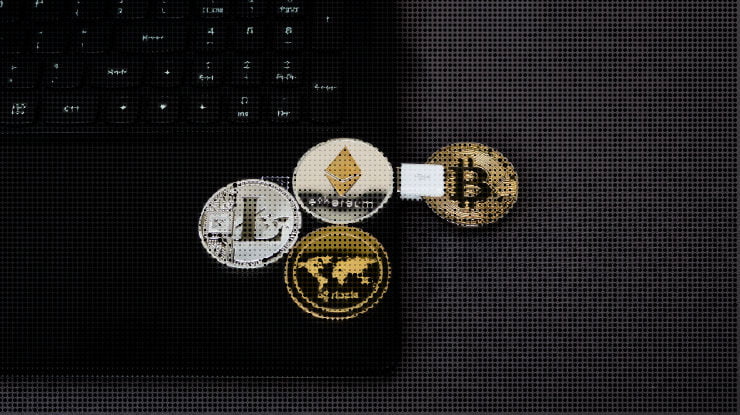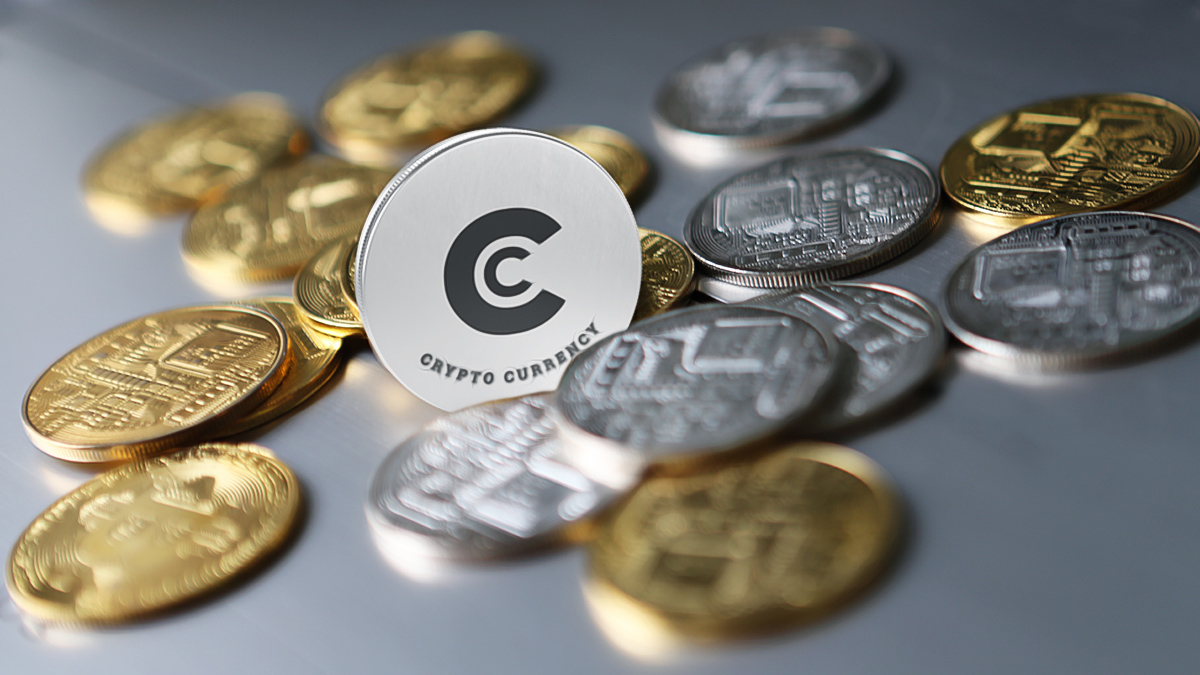The two largest stablecoin issuers, stablecoin, are choosing different paths to cope with the perceived lack of global clarity on stablecoin regulations. Circle is turning to US lawmakers for guidance, while Tether is adopting a hands-on approach in combating fraud and money laundering. An interesting question arises: How will Tether and Circle, the largest issuers of dollar-pegged stablecoins, evolve and expand as they increasingly intertwine with the rule-bound systems of traditional finance?
They Have Followed Different Paths So Far
While Circle presents itself as a compliance-friendly option, Tether has adopted an approach that flexibly adapts to national diversity. Dante Disparte, Circle’s global policy chief and chief strategy officer, emphasizes the need for harmonization of regulations concerning stablecoins. According to Disparte, the lack of a clear policy in the US is causing other countries to fill the gap, leading to a variety of practices in the sector.
The application of the Travel Rule to crypto asset transactions creates a defensible standard for stablecoins. These standards set expectations in areas such as the reference currency, financial integrity, financial crimes, and compliance. These regulations could bring more transparency to the market by creating a balance and trust in the sector. Crypto Traders Are Rushing to This App – Here’s Why You Should Too

Tether prefers to avoid US regulations by focusing on markets outside the US. The company’s CEO, Paolo Ardoino, claims that US law enforcement does not have jurisdiction, but also states they will be open to international collaborations. Tether’s approach could play a significant role in the proliferation of cryptocurrencies, especially in emerging markets and unbanked countries.
Emphasis on the Need for Speed
According to Paolo Ardoino, not combating crime quickly and effectively creates disappointment in the current system. Law enforcement decisions can take up to six months, during which time the funds associated with the crime may have already disappeared.
Ardoino states that in such cases, the Department of Justice should contact them. He mentions that they can freeze transactions with “surgical precision,” but inevitably, funds may disappear quickly as the Treasury can add an asset to the OFAC SDN list swiftly.
The giants of the crypto world, Tether and Circle, are also grappling with their own challenges. Tether, the largest stablecoin with a market value of $107 billion, has long been the subject of integrity debates. Circle, linked to the US banking system and one-third the size of USDC, appeared to be severely shaken by the 2023 collapse of Silicon Valley Bank.
The Terra Collapse as a Lesson
Circle‘s interest in traditional financial systems contrasts with Tether’s reactive approach to the crypto world, highlighted once again by the collapse of Terra’s UST stablecoin and its supporting currency Luna. Paolo Ardoino claimed that Terra was initially “a bad idea.” However, this criticism is countered by Terra’s rapid rise, showing the pressure Tether faces in competition.
Disparte from Circle points out the speed and unpredictable nature of the crypto sector. However, he notes that they need to be stricter about regulatory compliance. If these rules were followed, it could prevent the emergence of projects like Terra Luna.


 Türkçe
Türkçe Español
Español









